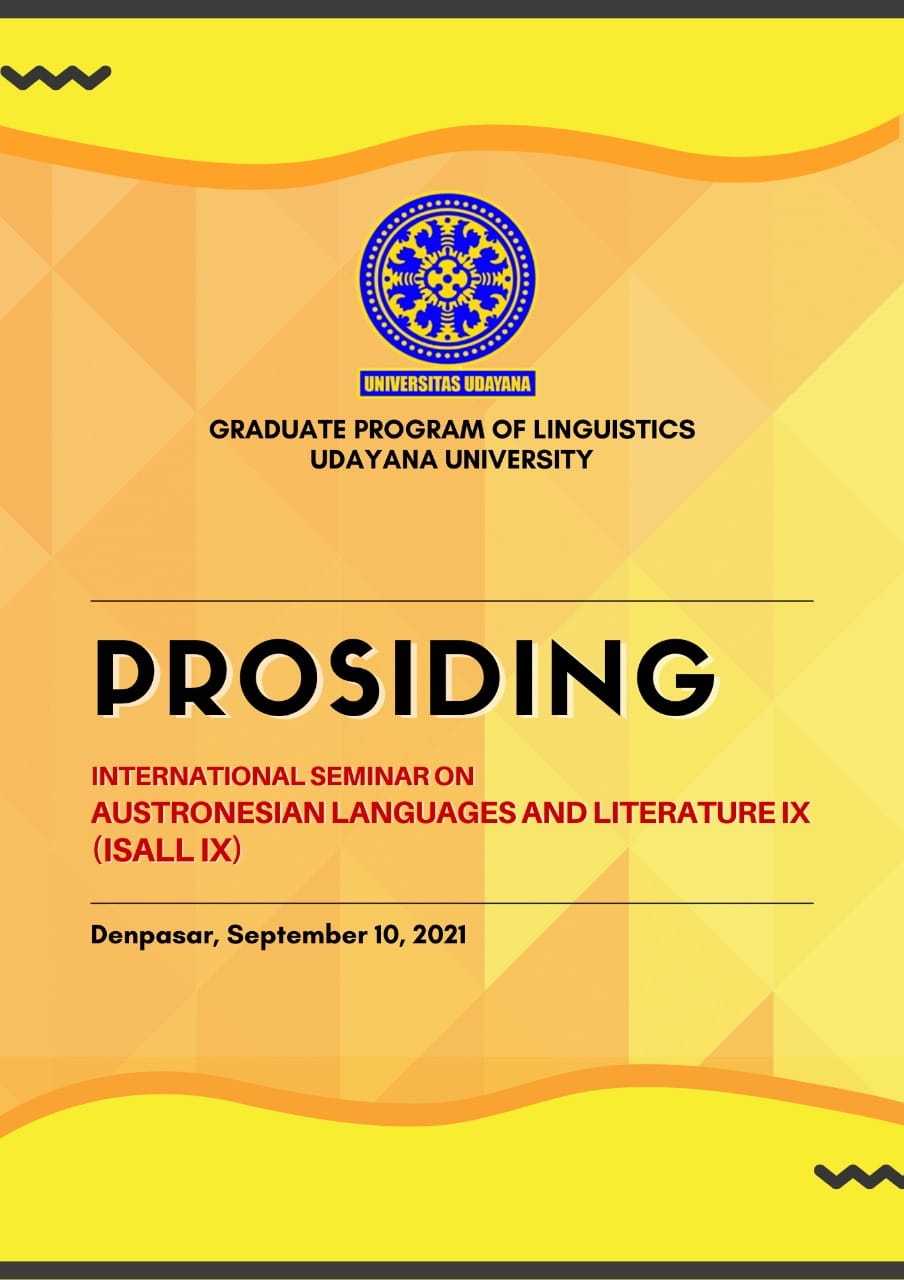A Semiotic Study on Kajatan of Javanese Buddhist Ritual
Abstract
Kajatan is found in slametan ritual performed by Javanese people, including Javanese Buddhists. The form is slightly different but still has the same spirit to maintain a relationship with the ancestors. Many symbolic meanings appear behind the strings of kajat words. This study is a descriptive qualitative research using Roland Barthes' semiotic theory to describe the available data. The data in this study was taken from the utterances spoken by pengajat as the main source. The method used observation, interviews, recording, and documentation study. This study produces (1) an overview of the Buddhist kajat structure, (2) denotative, connotative and myth meanings that describe Javanese philosophy and the concept of Buddhism, especially those related to filial piety, gratitude, concept of protection, and compassion.
References
Chandler, Daniel. (2007). Semiotics: the basic. New York: Routledge
Koentjaraningrat. (1994). Kebudayaan Jawa. Jakarta: Balai Pustaka
Kroeber, A.L., & Kluckhohn, Clyde. (1962). Culture: A critical review of concepts and definitions. Cambridge: Peabody Museum


